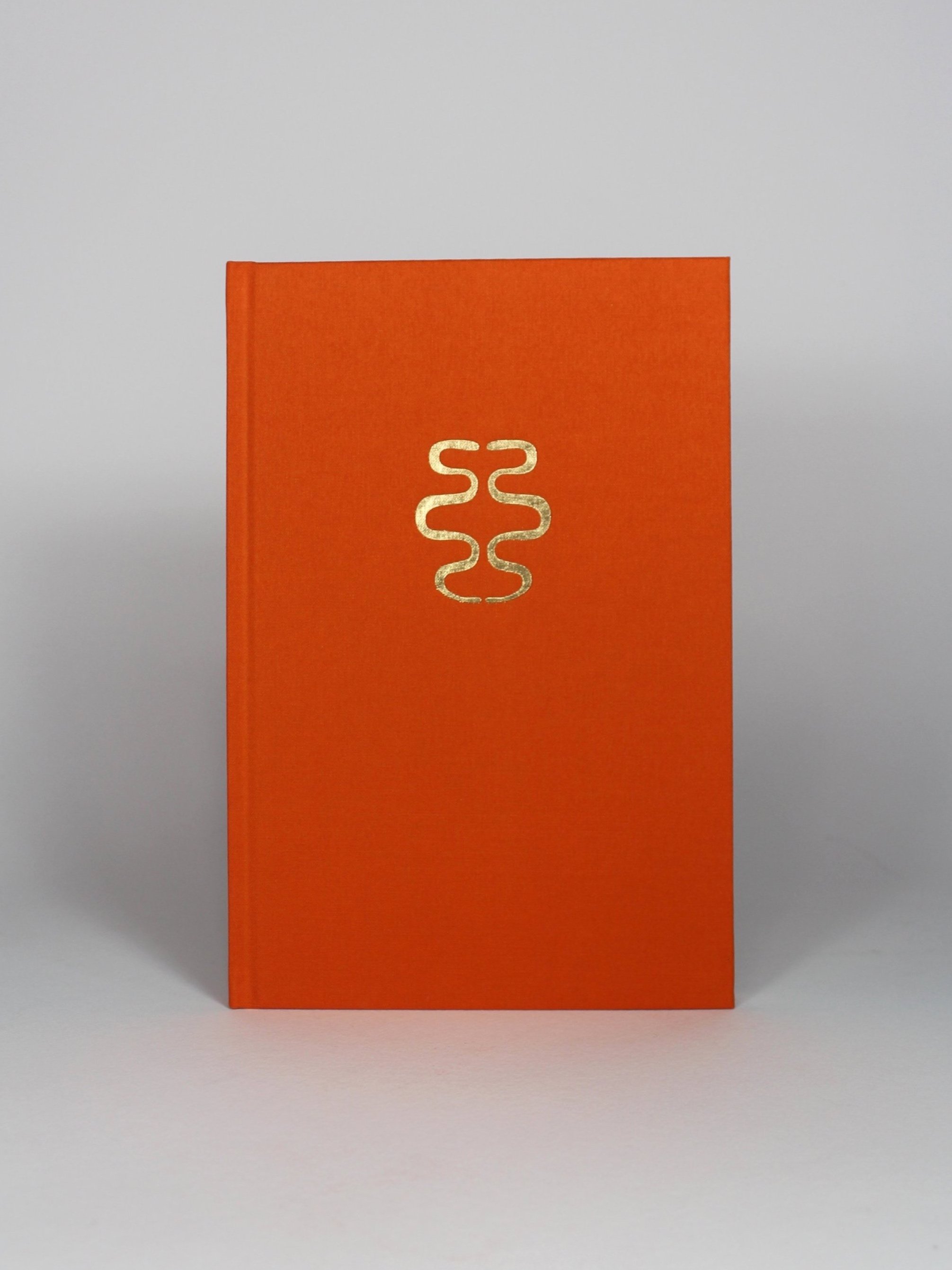Changing the game
Christophe Poncet on ‘Investigating early esoteric uses of the Tarot de Marseille,’ at the Occulture Conference in Berlin, October 2023. The sound gets better at the 3:31 mark, so do stick it out.
When Court de Gébelin, Etteilla and other savants re-discovered the occult tarot at the end of the 18th century, they referred to the deck known today as the Tarot de Marseille, claiming that its design originated from ancient Egypt and that its mysterious trump cards were ‘hieroglyphs’ embedding treasures of sacred wisdom. These claims were subsequently rejected by historians and the dominant theory nowadays is that the tarot was never used, before the 18th century, for anything else than card-playing. This lecture will explore the dissident thesis proposed in 1980 by the great Renaissance scholar Frances A. Yates. For her, the tarot trumps were ‘hieroglyphs’ indeed, but in the sense of the Renaissance, when the tarot flourished and acquired its specific ‘de Marseille’ design. At that time, the Egyptian characters’ meanings were lost since long and Champollion had not yet deciphered the Rosetta stone. Thus, the Egyptian culture was known chiefly through the writings of the mythical Hermes Trismegistus, the famous Corpus hermeticum, a collection of texts mixing philosophy, astrology, alchemy, and magic. Unfortunately, Frances Yates died before she could explore the Tarot de Marseille images. However, our investigation into the twenty-two trump cards, which we delineate in various articles and in the books Two Esoteric Tarots – with Peter Mark Adams – and The Tarot of Marsilio, the first volume of which will be published in Spring 2024), reveals that indeed, these cards are not mere illustrations of the Renaissance everyday life, as the academic consensus dictates, but work as multilayered enigmas that constitute a progression into the revelation of profound ideas. Would such ‘hieroglyphs’ have been used only to play cards? Our research, documented by numerous texts and images of the Renaissance, leads to three possible concurrent ways of using these cards, which we will successively explore: first, as a serious game to teach philosophy; second, as an oracle to tell the future; third, as a talisman to focus celestial energies.


